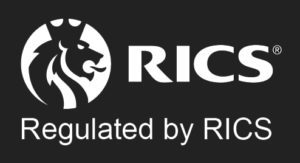Investors follow footfall into retail parks as high street shuts up shop

Covid-19 has flipped the performance of retail assets on their head. The previously-held view was that the prime to tertiary hierarchy was – city high street, major town centre, retail park, grocery retail and local necessity centres. However, in terms of demand and performance from the occupiers on the ground, this traditional hierarchy has now been reversed and is resulting in differentiation within a sector previously considered by many investors as a homogeneous entity.
Footfall
Footfall is a very effective barometer to highlight this shift. High street has undoubtedly been the most negatively impacted retail market sector with Covid-19 decimating footfall and in-shop spend. Bannon estimates that there are almost 40 shops either vacant or available on Grafton Street and Henry/Mary Street out of a total of 162. Similarly the hospitality sector, including food and beverage, like non-essential retail, has been severely impacted during Covid-19. Despite a strong recovery city centre footfall counts for Q3 2021 were still 30 per cent below 2019 levels. According to the IPD Index year-on-year total returns within the sector are showing minus 12.5 per cent.
In stark contrast the necessity retail sector (being grocery, medical and service-related offers) as well the retail parks have proved to be exceptionally resilient through Covid and continue to perform very strongly. Car counts in many retail parks for Q2 and Q3 2021 exceeded 2019 levels with retailers reporting considerable turnover growth. Provincially convenience-focused shopping centres have remained resilient with limited vacancy as shoppers choose convenience and to shop locally. We are seeing footfall levels return by up to 90 per cent of their 2019 equivalents.
In the latter half of 2021 the ‘money’ began to follow the data into retail parks as is evidenced by the position taken by AM Alpha in Nutgove Retail Park (€66.3 million) and M&G Investments through the acquisition of the Parks Collection Portfolio (€74.5 million) and the agreed acquisition of Manor West (€56 million). We estimate retail parks transactions will represent more than two thirds of all retail transactions in 2021 and will be the only retail sector within the IPD showing positive total returns for 2021 (currently running at plus 6.3 per cent).
Inflation
Supported largely by the threat of inflation, the resurgence in the retail grocery sector had already commenced pre-Covid in the UK and Europe, with long-let standalone grocery often trading at yield levels of between 4 and 5 per cent. This demand is beginning to emerge in the Irish market, with a shrinking gap between what the sector is trading at in the UK and the perceived value in Ireland. More recently we have seen a number of transactions which are at materially stronger yield levels than market expectation and these are due to sign before the end of the year.
Due to the structural limitations in scalability in the “grocery market” sector in Ireland (where most anchor stores are owner occupied) and the large delta which is developing between “pure grocery retail” and “necessity retail” (being service, health, medical and food-related occupiers) this sub-sector may come into more mainstream investment focus in 2022. The disconnect between the emerging grocery yields (5 per cent to 5.5 per cent) and those in the supporting “necessity retail” (9 to 10 per cent plus) seem irrationally high, especially as the necessity retail operator’s turnover is derived from the same customer base as their high-value grocery anchor neighbours. These centres along with retail parks serve to highlight opportunity within the sector where the negative narrative in the overall retail sector is keeping yields high despite resilient trading.
Rod Nowlan is an executive director at Bannon





